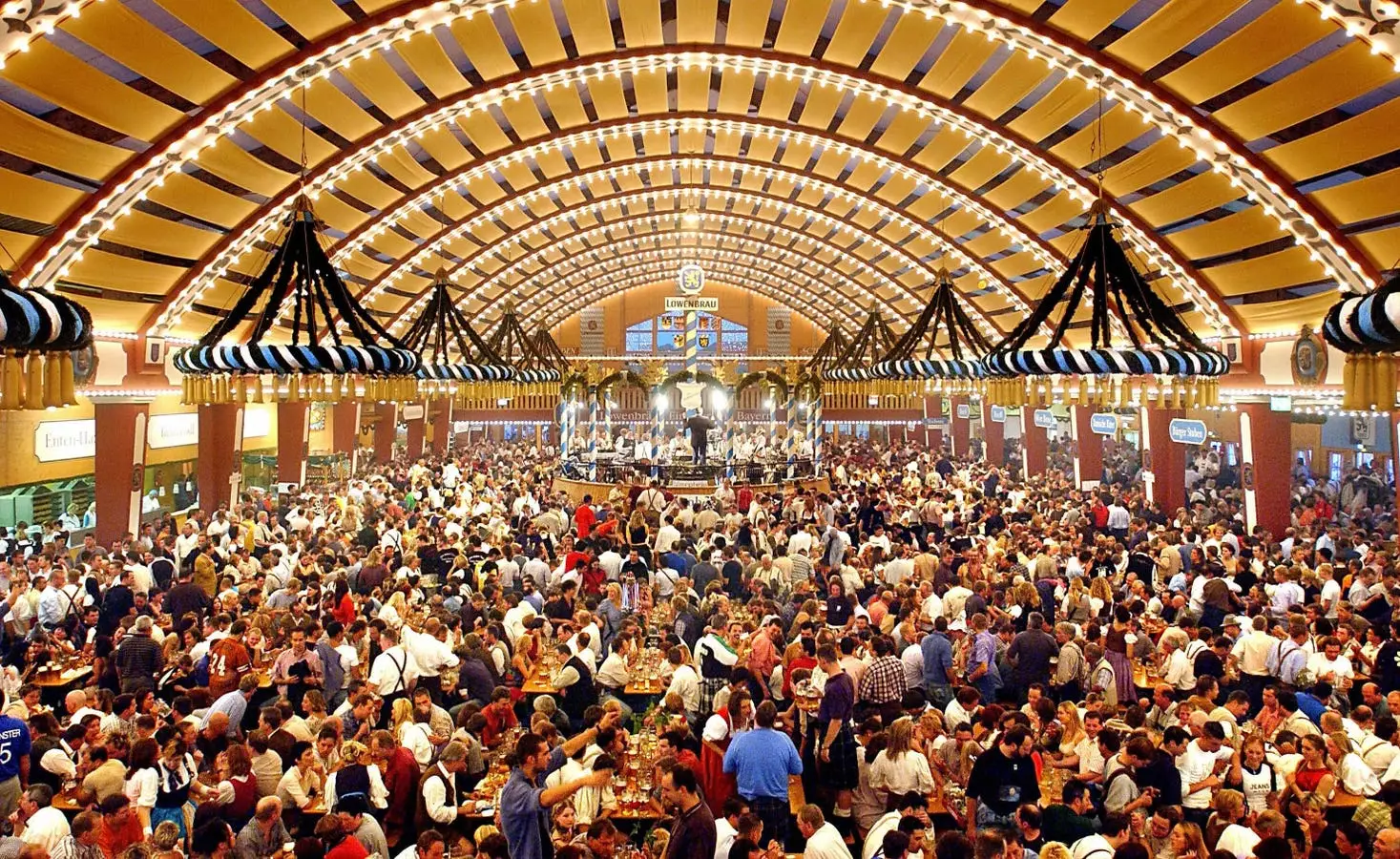Oktoberfest, the quintessential Bavarian festival, has evolved into a global phenomenon, drawing millions of revelers who gather for an exuberant celebration of beer, food, and culture. While many people associate Oktoberfest primarily with its vast array of beers and hearty German cuisine, there exists a rich tapestry of traditions, history, and language that characterize this vibrant event. Understanding these elements not only enhances your experience but also honors the heritage behind the festivities.
Oktoberfest’s origins can be traced back to a royal wedding in 1810. It began as a celebration of the marriage between Crown Prince Ludwig of Bavaria and Princess Therese of Saxe-Hildburghausen. The festivities started with a horse race held in the fields outside Munich, known as Theresienwiese—the grassy plain named after the bride herself. The joyous atmosphere inspired the city elders to transform the event into a fair, creating an agricultural exhibition that eventually evolved into the Oktoberfest we celebrate today. This transition over time exemplifies how a local event can grow into an international festival while maintaining its roots in community spirit and tradition.
When one thinks of Oktoberfest beverages, beer undoubtedly reigns supreme. However, not just any beer will do; the official beer served at the festival is known as festbier. With an alcohol content generally exceeding 6% ABV, this smooth beer is characterized by its mild, cracker-like flavor and delicate herbal notes. It is often confused with Märzen, a medium-bodied amber lager that was traditionally served at the festival before festbier became the more dominant offering in the late 20th century. Unlike Märzen, which serves as a representation of what many Americans expect when ordering an “Oktoberfest” beer, festbier is distinctly crafted to embody the spirit of the modern celebration.
German breweries have become astutely aware of different drinking preferences and the international desirability of Märzen. Consequently, if you find yourself craving this specific brew, it’s crucial to scrutinize the labeling: if it merely states “Oktoberfest,” anticipate receiving a festbier instead. This distinction illuminates the uniqueness of the festival experience and serves as an invitation for attendees to expand their palate beyond familiar tastes.
A hallmark of the Oktoberfest experience is the famous maßkrug—a one-liter beer mug that encapsulates the essence of the event. While American versions of beer steins often hold a half-liter, at Oktoberfest, the maßkrug dominates the scene. Its substantial size inevitably leads to joviality among guests, fostering a festive and occasionally rowdy environment. Misinformed attendees may refer to the maßkrug as a “stein,” but it’s essential to clarify that steins traditionally refer to stoneware mugs, with distinctions that lie in both their construction and historical usage.
At the “Oide Wiesn,” a smaller section of the festival committed to tradition, visitors can still experience authentic ambiance, complete with old-fashioned rides, traditional oompah music, and less commercial entertainment. As one merrily clinks their maßkrug with friends, it becomes apparent that these moments embody the joy of conviviality and the unique charm of Oktoberfest.
No visit to Oktoberfest would be complete without donning traditional attire known as tracht. This term encompasses a variety of folk costumes, ranging from the popular lederhosen—stylish leather shorts associated with men—to the charming dirndl, a quintessential dress popular among women. These outfits serve not just as an homage to Bavarian culture but are also a testament to the craftsmanship that goes into their creation.
Many revelers opt to incorporate accessories such as the Tyrolean hat, a beloved headpiece that can be adorned with various embellishments including feathers and a gamsbart, made from the hair of mountain goats. The aesthetic appeal of these outfits is matched only by their connection to the region’s history, blending modern fashion with cultural significance.
Regardless of whether your Oktoberfest journey takes you to Munich’s lively tents or to a more intimate backyard gathering, the essence of the festival remains the same: to celebrate life, culture, and connection. Sharing laughter, indulging in traditional German dishes, and enjoying celebratory drinks with friends and family are central tenets of this festive time. However, as you navigate through the exhilarating chaos that is Oktoberfest, remember the importance of moderation and responsible consumption. Raise your glass, partake in the merriment, and above all, soak in the joyous moments with the people who matter most. Prost!


Leave a Reply